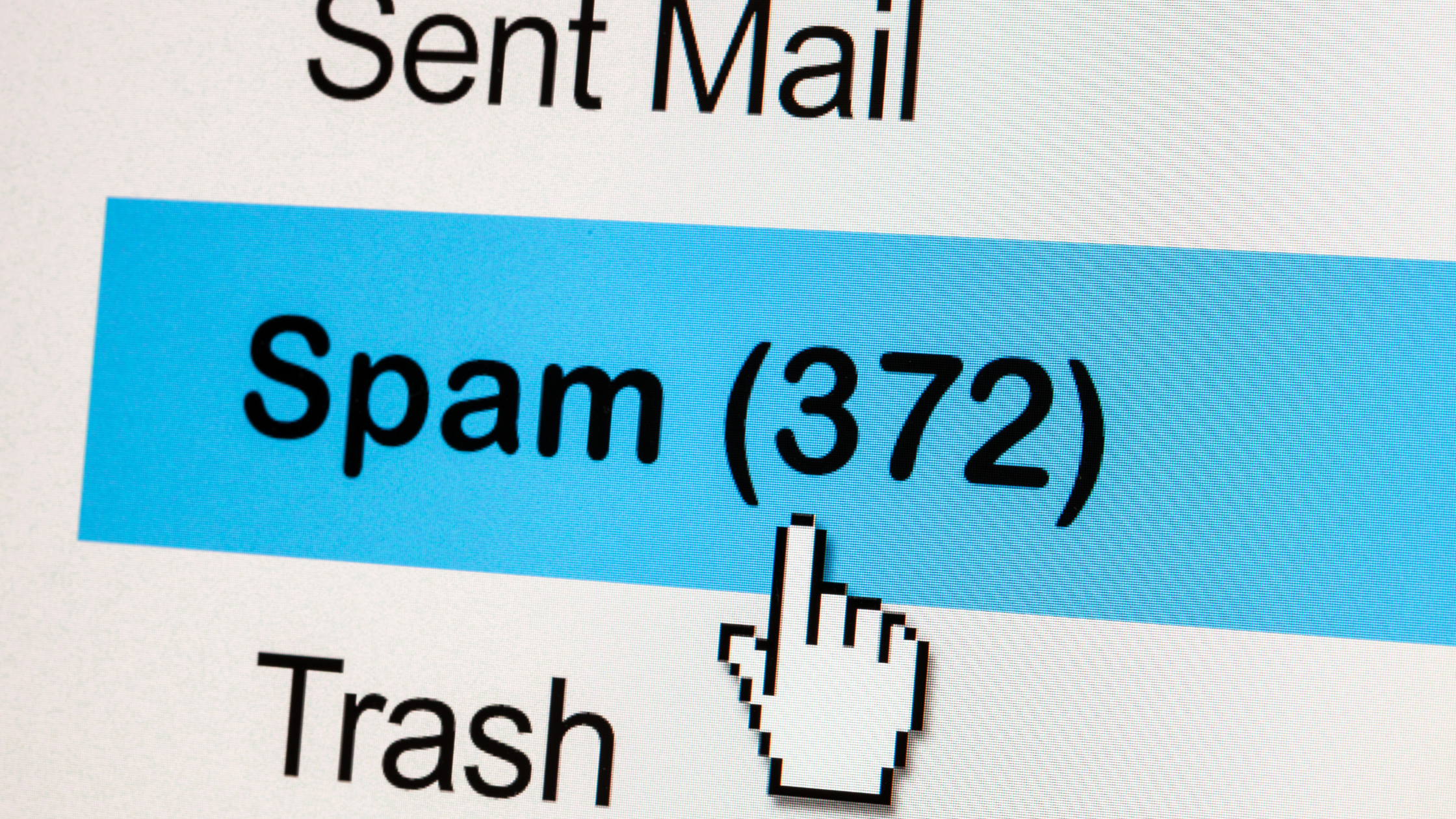Why are DKIM and DMARC important?
Email is one of the most widely used and effective ways of communicating in the digital world. However, it also comes with risks and challenges. Without proper authentication and verification mechanisms, email can be easily spoofed, manipulated, or intercepted by malicious actors who want to harm your reputation, steal your information, or trick you into sending money or sensitive data. This is known as business email compromise (BEC), and it is a serious threat that affects millions of individuals and organizations every year.
To address this issue, some of the major email platforms, such as Google and Microsoft, have announced that they will implement stricter email configuration requirements for email hosted by and sent to their respective platforms, in 2024.
These measures increase the trust and confidence of email users, as well as reducing the spam and phishing emails that reach their inboxes. They also encourage more email senders to adopt DKIM and DMARC standards and improve their email security and deliverability. By implementing DKIM and DMARC for your domain, you can ensure that your email messages are authenticated and verified by the recipients, and that you can monitor and control how your emails are treated by the email platforms. This will help you protect your brand reputation, avoid email fraud, and enhance your email delivery and marketing performance.
To help prevent BEC and protect your email security and deliverability, you need to implement two email policy standards: DKIM and DMARC.
What are DKIM and DMARC?
- DKIM stands for DomainKeys Identified Mail. It is a way of authenticating the sender of an email by using a digital signature that is linked to the sender's domain name.
- DMARC stands for Domain-based Message Authentication, Reporting and Conformance. It is a way of verifying that the sender of an email is authorized to use the domain name in the email address.
- Both DKIM and DMARC are based on the DNS (Domain Name System) records of the sender's domain. DNS records are public information that can be accessed by anyone on the internet.
How to implement DKIM and DMARC?
- To implement DKIM, you need to generate a public and private key pair for your domain name and publish the public key in your DNS records. You also need to configure your email server or service to sign your outgoing emails with the private key.
- To implement DMARC, you need to create a DMARC policy for your domain name and publish it in your DNS records. Your DMARC policy specifies how you want the recipients' email providers to handle emails that fail DKIM or DMARC verification, and how you want to receive feedback reports on your email performance.
- To implement DKIM and DMARC, you need to have access to your DNS records and your email server or service settings. You may need to contact your domain registrar, web host, or email provider for assistance.
Maintaining the integrity and security of your email communication is paramount in today's digital landscape. By regularly reviewing DKIM and DMARC reports, your IT team can proactively address any issues with authentication, safeguarding your organization from potential threats such as phishing attacks and email spoofing. These reports provide invaluable insights into the performance of your email authentication protocols, allowing for timely adjustments and optimizations to enhance overall email security and deliverability. Therefore, it is imperative that your IT provider remains vigilant in monitoring and analyzing DMARC reports, reinforcing your organization's defenses against evolving cyber threats.
As always, if you have any questions or if you'd like to delve deeper into the topic, our team is here to assist you. Don't hesitate to reach out—we're always available to help.

